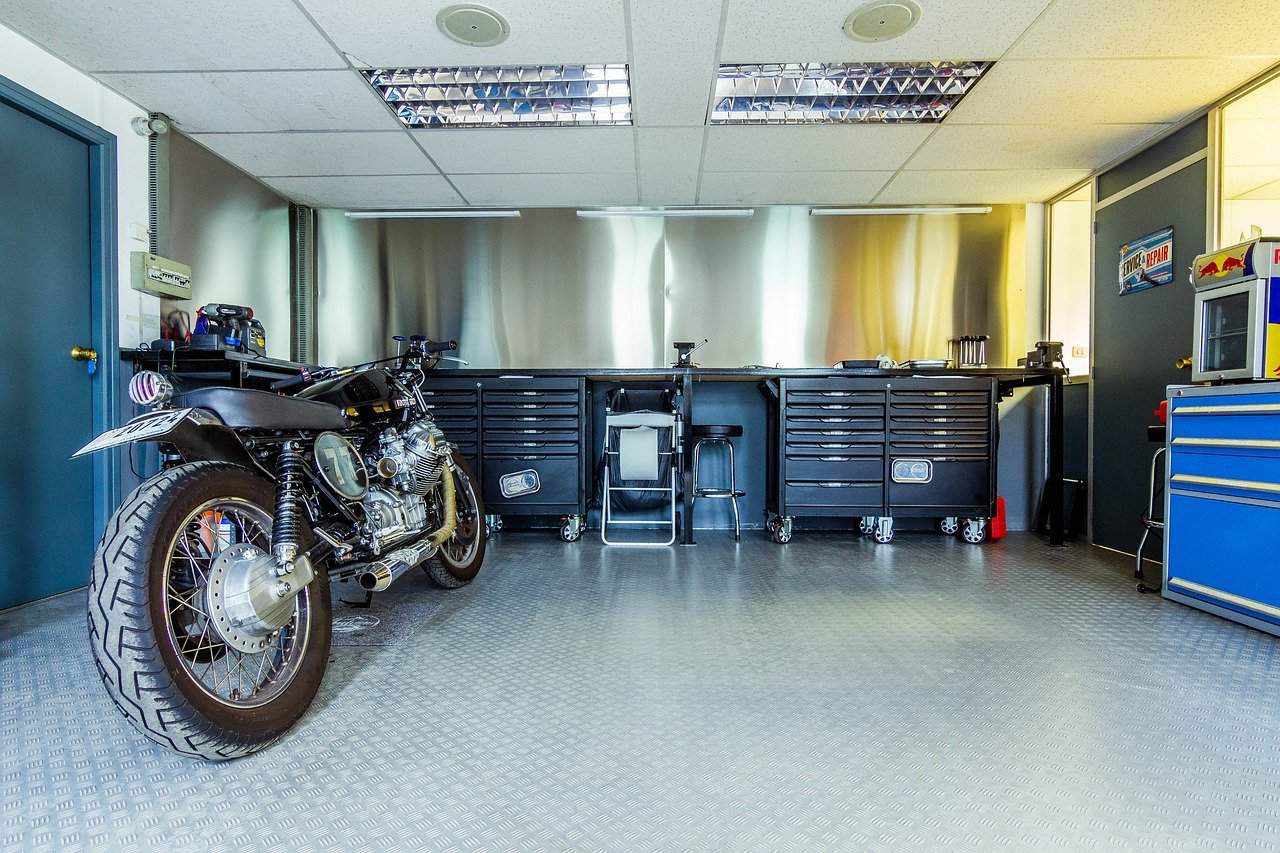
As summer comes to an end, so does the motorcycle season. The drizzling rain becomes more and more frequent and the thermometers are dangerously close to zero. This is the time when, with a painful heart, you need to hang your helmet on the rack and winterize your motorcycle. In this article you will learn the most important rules for garaging your motorcycle
Before you decide to put your motorcycle away in the garage for good, remember to go to the car wash for the last time this year and give your motorcycle a pampering wash. This is advisable due to the fact that over the months spent in the garage, dirt can penetrate the structure of the motorcycle for good and it will be much more difficult to scrub it properly
After thoroughly drying the motorcycle we move on to the dirty work – lubrication. It’s a good idea to start with greasing all the linkages (accelerator cable, clutch, brake levers, gear shift levers, foot springs, etc.), bearings and components accessible from the outside
It is also worth taking care of the right surface maintenance fluids to extend the life of the motorcycle.
Engine oil manufacturers advise that the oil should be changed once a year – and it’s especially advisable before the winter break to clean the engine of all the accumulated dirt that can mess with the inside. Motorcycle oil, in the course of its work, accumulates both substances resulting from its mechanical wear, such as swarf, as well as products of fuel combustion.
It is best to get the right oil during the season – you can count on incomparably lower prices and no problems at all with buying.
In this case, the motorcyclist’s biggest enemy is a corroding fuel tank. The older the motorcycle is, the higher the probability of the occurrence of a red-headed friend. This is why older motorcycles should be filled to capacity. This will prevent the water from condensing too much
The time at which you should replace the brake and radiator fluid is quite a contentious issue. Some mechanics believe that you shouldn’t fill up before winter, while others claim that this is when the perfect opportunity to do so arises. The most important thing to remember is that your safety depends on it
The coolant is especially important if you don’t have a proper garage. Too low temperatures can lead to damage not only to the radiator but also to the engine. That’s why it’s a good idea to get winter coolant that can cope with the harshest conditions
In this case, the matter is simple – you cannot let the battery go flat. Low temperatures and lack of charging can lead to sulphation, which is a death sentence for the battery. It will be best if you charge it once every 3-4 weeks with a dedicated charger.
When parked for long periods of time, tires are only loaded in one place. Usually this should not lead to major problems, but it is better not to risk it. In extreme cases, the rim may deform due to lack of air in the tire
The motorcycle should be on a dry and clean surface. It’s also a good idea to check your bike from time to time and roll it a few metres to ensure optimum pressure on the tires.
Ideally, you should use a motorcycle stand. They are so practical that they also make DIY easier. By relieving the load on the motorcycle, it will also have a positive effect on the suspension.
It is also worth remembering to cover the motorcycle with a material that will prevent the machine from getting too dusty. Remember also to burn your motorcycle regularly in winter – but stick to the iron rules connected with it. Firstly, start with a charged battery and secondly, warm up the engine at low revs until it reaches optimum operating temperature
(Photo: pixabay.com)